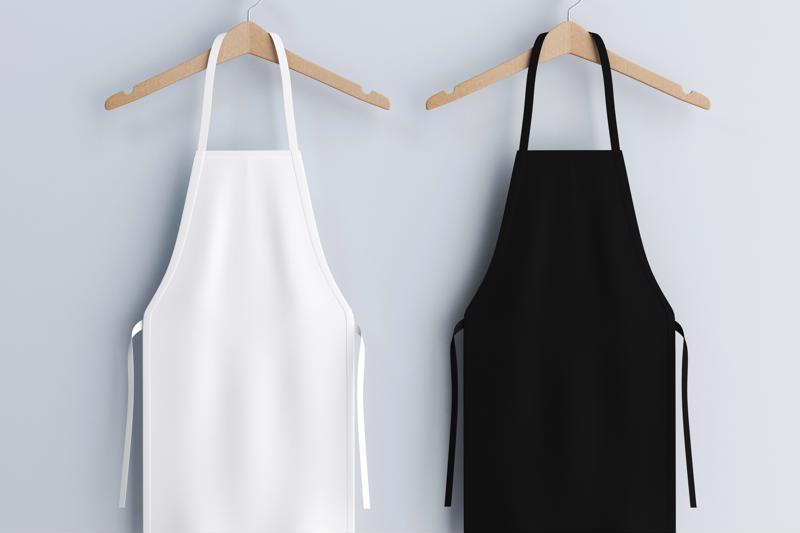Most states in the U.S. require one or two health inspections for restaurants every year – some even more. Many jurisdictions will also dispatch a health inspector in response to a complaint from a patron. Often, these visits are entirely random and could theoretically happen during a busy spell – which makes them all the more stressful for staff. Unfortunately, thousands of eating establishments fail their inspections on an annual basis. A failed inspection isn’t necessarily the end of the road for a restaurant. However, recovering is an uphill battle.
Consequently, it’s easy to look at the health inspectors as sticklers who are out to get you. But in reality, they share a common interest with the businesses they inspect: to make sure that the restaurant isn’t doing anything that might put patrons at risk of illness and the establishment at risk of legal action. Health inspections are really opportunities to demonstrate your restaurant’s dedication to sanitation and the prevention of food-borne illness. That’s why – as part of their education – students studying through the online culinary arts school will learn the ins and outs of food sanitation, and how to pass a health inspection with flying colors.
Knowing the regulations is half the battle
Public health inspectors may use slightly different templates and checklists upon inspection depending on the city or state. Most public health inspection agencies will make self-inspection forms readily available to restaurants. These forms will usually scrutinize the following types of sanitation and safety standards:
- Food storage temperatures.
- Adequate heating of potentially hazardous foods.
- Hygienic, properly stored ingredients from approved food sources.
- Personal hygiene of kitchen staff and servers.
- Protections against cross contamination.
- Safe and contained storage of waste and/or toxic chemicals.
- Proper equipment sanitation amenities and usage.
- Mandatory certifications for chefs and other kitchen staff pursuant to state or local requirements.
- Absence of vermin such as roaches and flies in the facility.
Adequate cleanliness and safety during food sourcing, preparation and service are critical, but so is ensuring that your facilities contain all the requisite amenities. These include proper sewage systems, a bathroom for employees and customers (requirements vary based on the size of your restaurant) and the proper mechanisms in place to detect harmful gasses.
Just remember that the goal of any inspection agency isn’t to trick you into making a mistake. They provide all of the information and criteria that ensure a safe, hazard-free culinary experience for employees and customers alike. To get a better sense of what inspectors are looking for, check out this self-inspection template from NYC.goc. When in doubt, talk directly to a health inspector. They don’t bite.
 Treat every day as though it were health-inspection day.
Treat every day as though it were health-inspection day.Prepping for an inspection is ongoing work
It’s highly convenient to know when a health inspector is coming, but they can technically show up without prior notice during normal hours of operation. Accordingly, the best way to prepare for a health inspection is to adhere rigidly to food-safety protocols, without exception. Each year, 48 million Americans become ill because of food-borne diseases, according to the Centers for Disease and Control. Of those, 128,000 are hospitalized and 3,000 die.
Health inspector or no health inspector, businesses in the food-service industry have a moral and legal obligation to do everything in their power to make sure the food customers put in their body is safe to eat.
If and when a health inspector shows up unannounced, you technically shouldn’t feel obligated to anything differently than you normally would – especially if you’ve drilled your staff on proper safety and sanitation practices, and you’ve performed test runs at random to make sure those standards are being upheld on a daily basis. Once the health inspector has left, and after they completed the assessment, review any issues that may have come up with your staff.
Nearly all industries value safety first, and food service is no exception – which is why every student who earns an online culinary arts certificate with us will be as well-versed in food safety as in all other aspects of food service.


